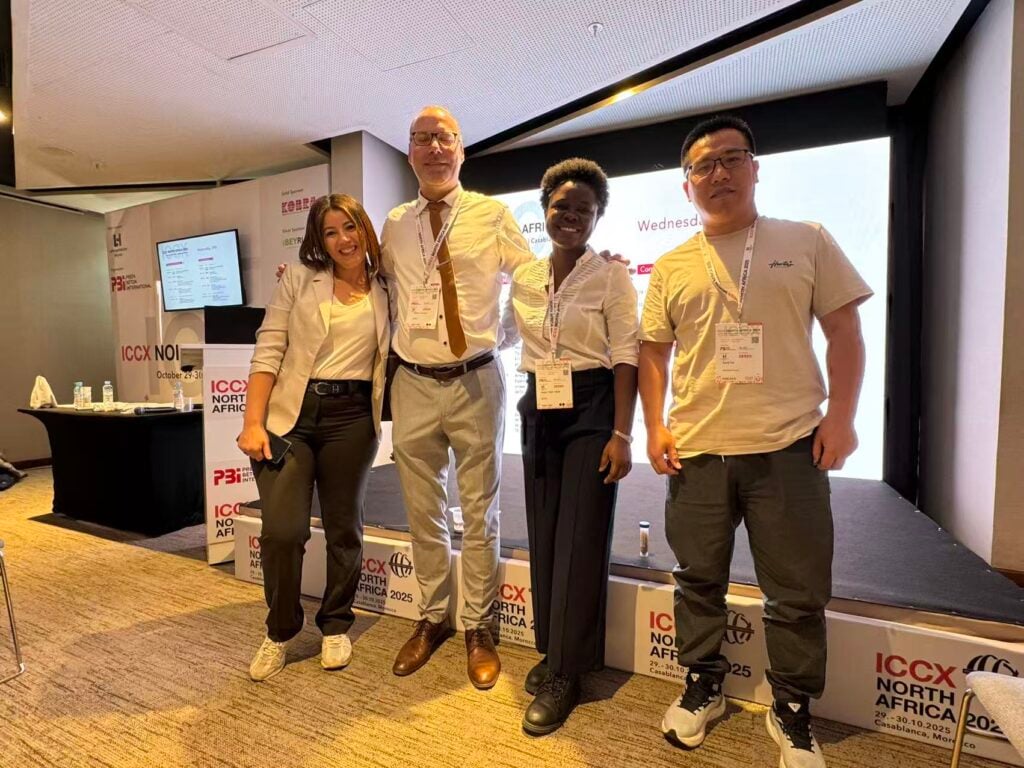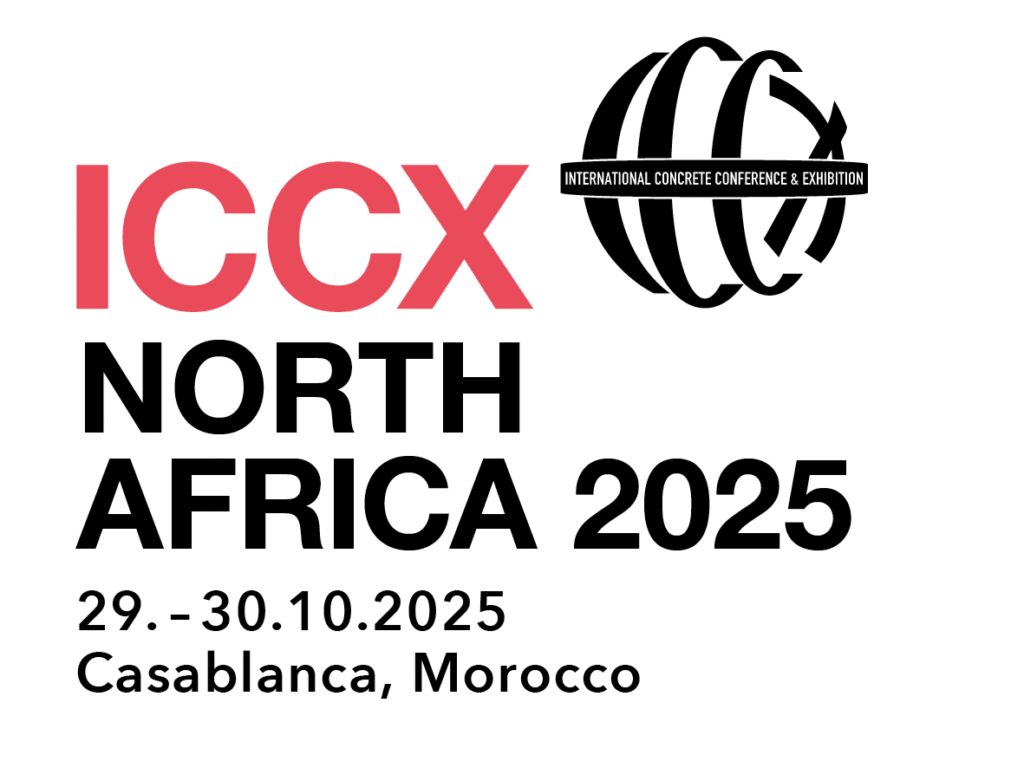BASF Keeps One Foot in the Coatings Ring
Contact Info
Contact Form
Carlyle has a long history of successful industry carve-outs, including Axalta Coating Systems and Nouryon.
 The recent big story by default inclusion is that BASF has concluded a deal that is effectively a carve-out of its global coatings business, a decision reached with global investment company Carlyle, in a partnership with Qatar Investment Authority (QIA).
The recent big story by default inclusion is that BASF has concluded a deal that is effectively a carve-out of its global coatings business, a decision reached with global investment company Carlyle, in a partnership with Qatar Investment Authority (QIA).
Of particular note is that Carlyle has a long history of successful industry carve-outs, especially those around the coatings and allied sectors, previously handling the industrial and chemical assets of Axalta Coating Systems (out of DuPont), and Nouryon (out of AkzoNobel).
The three companies have entered into a binding agreement for the sector trio of BASF’s automotive OEM coatings, automotive refinish coatings, and surface treatment businesses (BASF Coatings). The enterprise value of the transaction is worth €7.7 billion and subject to the usual approval processes. It is due to close in spring 2026.
However, BASF will retain a 40% equity stake in the coatings business and plans to re-invest in the business in the future. BASF will benefit from about €5.8 billion in cash (net of tax) when the deal is finally concluded in the spring.
As the company and the parent company progress into the next stages of their incarnations, the definition of the new coatings business is for the development, production and marketing of innovative and sustainable automotive OEM and refinish coatings as well as applied surface treatments for metal, plastic and glass substrates in a wide range of industries. It operates in Europe, North America, South America and Asia Pacific.
BASF Continues Supporting the Coatings Industry
BASF is therefore relinquishing its grip on its coatings business to a minority stake of 40% and hence not leaving the coatings sector entirely. But the parent company remains a major supporter of the coatings sector in other ways, largely through pioneering the development of ‘clean’ upstream raw materials.
Recently it’s come to light that another tripartite collaboration, a supply-chain collaboration between BASF, Arkema and AkzoNobel, is helping to reduce the carbon footprint of powder coatings.
It begins with the supply of zero carbon footprint neopentylglycol (a common starting material for coatings raw materials) to Arkema. The downstream outcome contributes to a cumulative 40% reduction in carbon footprint for the superdurable powder coatings produced by AkzoNobel under its Interpon D brand, and ultimately, greater energy efficiency for the built environment.
The improvement has been facilitated by a combination of using supplier-specific product carbon footprint (PCF) data and the upstream use of bio-attributed raw materials from BASF, starting from environmentally-sound sourcing that feeds into its mass balance approach.
Previously, the carbon footprint calculations were made on the basis of general industry averages for polyester resins. But by using supplier-specific PCF data in its place, more accurate calculations ensue, and they bear out production efficiencies and other modern industry practices that contribute to environmental cleanness, such as the use of renewable electricity and other upstream partners joining in the race to the same objectives in the chain.
A Pioneering Case Study and Roadmap
The three companies jointly published a case study that reinforces the fact that out of all the coatings options available, powder coatings are more closely aligned with modern environmental objectives of zero waste, easy reclamation and re-use from overspray. Hence, they are ideally aligned with EU objectives and principles on material efficiency (not of course, forgetting the VOC-free properties that are a given with powder finishing).
The pioneering nature of this co-operation that has published the study shows the companies illustrating and establishing the sorts of roadmaps needed by industry and industrial collaborations across complex value chains. It readily acknowledges that the only route to further sustainability improvements in the sector is through working together through the value chain, especially where the assessment of emission is concerned, as seen below.
Some highlights and drivers from the case study are as follows:
- Global carbon emissions from the building sector amount to 37% of the total worldwide, and by 2060, the amount of floorspace in buildings globally will double, so there is a compelling imperative to improve every aspect of eco-performance in the construction and construction finishing sectors.
- The European dimension is largely defined by building upgrades and renovations, but in other regions (Asia, Africa) rapid growth will ideally be fulfilled through the use of more sustainable practices.
As architectural or decorative applications dominate the coatings sector with 60% of use, a greater understanding of the benefits coatings can afford the architectural finishing sector (beyond finishing and in terms of durability, lifespan, sustainability and thermal management) is of critical importance.
Product development in different areas of construction material innovation is also seen driving the wheels for coatings formulators. Major carbon emitters such as metals and concrete are now being produced with lower carbon footprint equivalents. Aluminum is gaining ground as an area where the need for suitable lower carbon footprint coatings is gathering momentum.
Drivers for the entire process of further greening the coatings and construction materials arrive on the one hand from EU legislative targets such as the Green Deal and stricter targets for carbon emissions and capture, and on the other hand from the construction sector, with eco-certification for buildings such as LEED and BREEAM.
An evaluation of the carbon dioxide emissions from AkzoNobel’s powder coatings value chain shows that 43% of the emissions lie upstream in the raw materials area and a further 41% result from the downstream area of application, where thermal curing takes place; both are considered Scope 3 emissions. It is the identification of these kinds of hotspots that need addressing that is instrumental in effecting change.
Renewable electricity is a great first way to reduce carbon dioxide emissions. This can only be helped further in the future by the use of more biofuels and biofeedstocks. Only then will there be greater leverage for reducing carbon dioxide emissions.
How things finished, traced through the supply pipeline, was BASF’s development of zero carbon footprint neopentylglycol (NPG) monomer formed a partial replacement in the production of Arkema’s Reafree polyester resins. Substitutions were kept to a certain level in order to maintain affordability (another over-arching consideration in any net zero roadmap objective), but that ratio could easily be increased at a later date.
By the time of supply to AkzoNobel for its powder coatings production, the bio-attributed content amounted to 20% and the level of product carbon footprint reduction was 6%. At the point of ultimate formulation by AkzoNobel into its Interpon D architectural powder coatings, the biomass-balanced resins contributed up to 5% of product carbon footprint reduction as part of a much greater 40% reduction when other initiatives from AkzoNobel’s manufacturing are factored into the company’s energy-reducing efforts and calculations.



